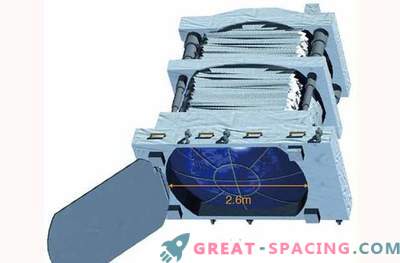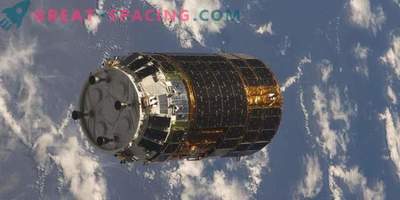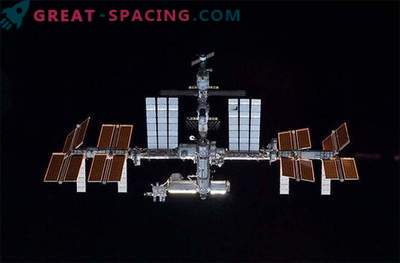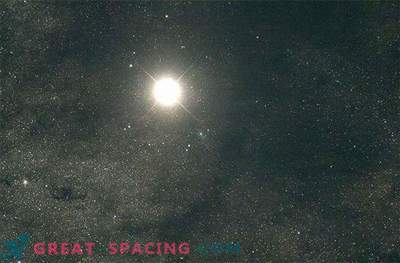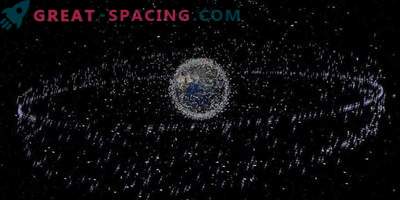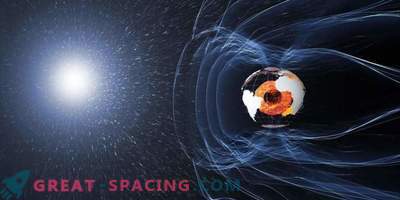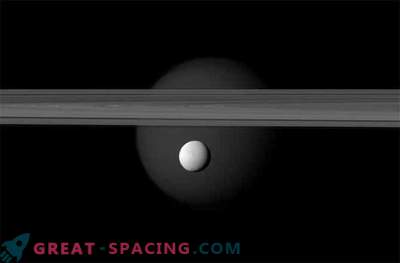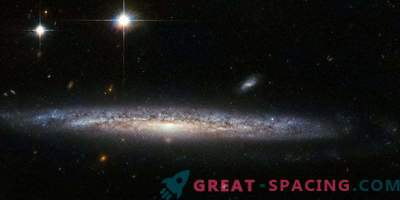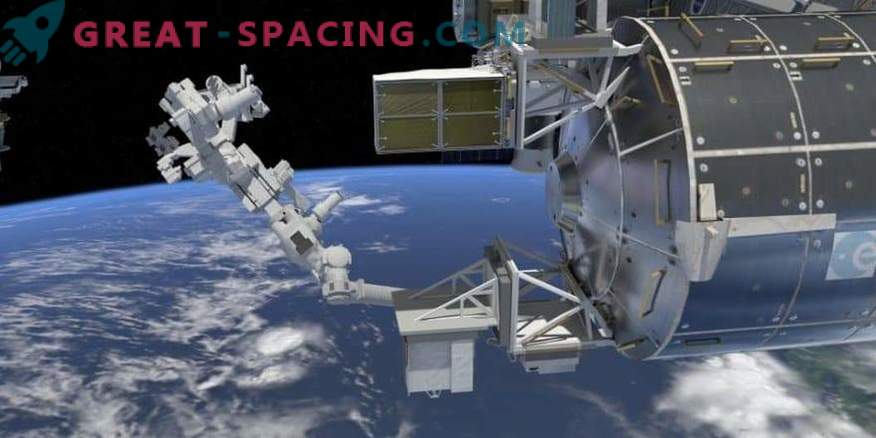
A space debris sensor (SDS) mounted on the outer side of the ISS collects data on small orbital debris
The International Space Station is not the only spacecraft orbiting the earth. He is accompanied by the Hubble Space Telescope, planet observation satellites, as well as more than 1000 other operational devices and CubeSats. But the main danger is the orbital debris - objects created by mankind that are no longer used for space purposes.
The analysis shows that more than 100 million units of orbital debris up to 1 cm in size are now in orbit. They are too small to track, but many of them are large enough to damage existing devices.
The space station is endowed with screens to protect against debris up to 1.5 cm in size. Large pieces are tracked by earth control. They give a signal of approach and then the station activates its engines to change the location. The space debris sensor (SDS) will track the small environment around the station for 2–3 years, fixing debris with parameters of 0.05–5 mm. Objects larger than 3 mm are monitored by specialists from the Earth. The device was delivered to the station with the Dragon from SpaceX during the procurement mission on 12 December.
It is known that 0.3-mm debris is a danger to human and robotic flights. Such fragments can damage the heat-shielding systems, space suits, windows and sensitive equipment not protected by screens.

Photo documenting how micro-dust strikes one of the windows in the dome of the space station. The space debris sensor will monitor the orbital environment for 2-3 years to record shock events.
Once the sensor is installed on the outside of the Columbus module, it can be used to detect and capture shock events in real time. A three-layer speaker system will allow SDS to characterize the size, speed, directionality, and density of tiny particles. The first and second layers are identical and are equipped with acoustic sensors, as well as resistive lines with a width of 0.75 mm. If a fragment damages the first layer, it cuts through one or more resistive lines before striking the second layer. At the end of the wreckage reached the back plate.
The backstop do not plan to use to return the collected samples, but it will provide complete information about the orbital debris.
Acoustic sensors in the first two layers calculate the exposure time and location using a simple triangulation algorithm. Combining data allows you to understand the strength of the strike and the direction of flight of the fragments.
This information will help the researchers map the entire population of space debris and plan the placement of future sensors outside the station and into Earth orbit, where the risk of damage is even higher.
